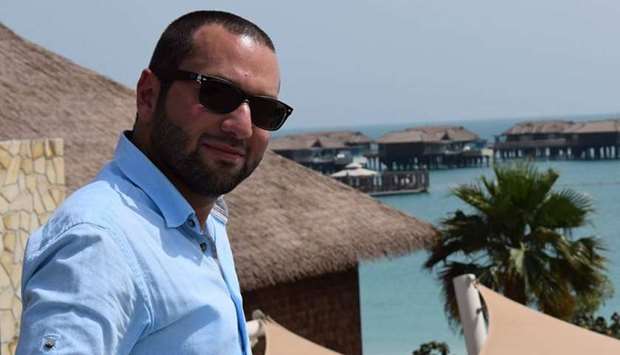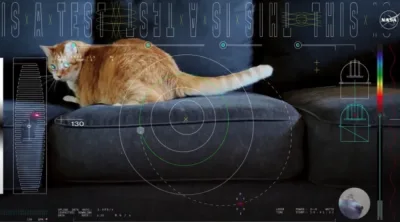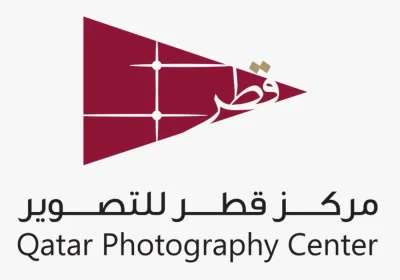Astrophotography is the photography of astronomical objects, celestial events and areas of the night sky. Besides being able to record the details of extended objects such as the Moon, Sun, and planets, astrophotography enables imaging of objects invisible to the human eye such as dim stars, nebulae and galaxies.
This genre of photography is no longer limited to the experts of astronomy. With advanced knowledge and technology, the interest of the inhabitants of Earth has grown deeper and deeper into what lies above in the skies.
Thanks to the advanced equipment and gadgets, the interest of common people in astrophotography that allows enthusiasts to see and capture what is happening in the skies, has risen manifold.
Qatar is a place where interest in astrophotography is rising. With well-paid jobs and enough free time, the enthusiasts have been brushing up their skills.
Ahmad Abdelkader is a Lebanese expatriate and astro-photographer. Community recently interviewed him about what keeps him hooked skywards.
Please fill us in on your journey briefly.
I was born and raised in Lebanon where I got my education and graduated with a Master’s degree in Electrical Engineering — Power System and Control from University of Balamand. I moved to Doha in June 2012. I am currently working as sales manager for Low Voltage Switchgear, having eight years of experience in power generation and electrical distribution.
How and when did you start developing an interest in photography in general?
My love for photography began whilst capturing memorable moments with my mobile phone in 2016, and in early 2018, my interest in photography developed further where I got my first DSLR camera.
I needed to brush up my photography skills so I started watching YouTube material learning about different camera features and settings. This was in addition to some courses and training related to the basics of photography. I have tried different types but got more into astrophotography, birds and wildlife.
What actually pushed you towards astrophotography?
Stargazing was always a passion which gives an opportunity to think about God’s creation and how tiny we are in this universe. This passion has increased after seeing the hazy bend of light formed from stars making the shape of The Milky Way which is about 100,000 light years as per Nasa. In addition, it allows me to capture some celestial events like Lunar Eclipse, Supermoon, and Meteor Shower.
What fascinates you the most about astrophotography?
I am currently doing wide angle Milky Way; however, I am more fascinated by deep sky photography which requires patience and special tools as well namely, sky tracker or sky guider and lot of post processing using deep sky stacker but ultimately, it leaves you amazed — the result of the Andromeda Galaxy or Orion Nebula, for example, which are not visible to the naked eye, is proof. This is currently my field of astrophotography.
What are different equipment and technologies that you use to take photos of celestial objects? What kind of odds do you encounter?
Few points should be taken into consideration in order to not get disappointed after 100km drive away from the city, in addition to carrying proper equipment for successful astrophotography:
Dark Sky — In astrophotography, the long exposure is used so it is necessary that we have a spot with the minimum possible light pollution. For that I use Light Pollution Map application. In Qatar, Zekreet, Al Amriya, Mazra’at Turayna, and Khor Al Udeid are the best spots to capture beautiful sky photos.
Moon phase — It is essential that either the moon be below the horizon or (there is) no moon which is the best case scenario. For that I use Photopills application.
Study tripod and heavy duty for proper focus and clear image.
Camera with wide angle lens (range between 14mm to 24mm) for wide angle Milky Way, zoom lens and star tracker or guider for deep sky photography.
There are obstacles of course, chiefly, light pollution which is high in Qatar. Weather conditions like clouds, humidity, and dust also create a hindrance in taking better images.
How much has the coronavirus outbreak affected your passion and how are you dealing with stay-at-home orders?
Definitely, the pandemic has affected my pursuance of stargazing and taking photos. However, safety comes first and I follow the government rules and regulations to protect my health and other people’s, too. In contrast, I take this situation as an opportunity to learn more about astrophotography, and develop the technical skills by watching online classes provided by Photopills and other professional astro-photographers.
How conducive is Qatar in terms of opportunities and following one’s passion of the art?
Qatar has amazing nature and unique places that can form interesting composition for a Milky Way photo, especially when it comes to old villages and the formation of sand dunes. In the recent period, I have seen the number of astro-photographers increase and the country is helping to hone the art through organisations such as the Youth Hobbies Center which is under the Ministry of Culture and Sports.
Do you see a bright future for astrophotography around the world and what are your plans?
Astrophotography keeps on developing with the advancement of various technologies and I can see the future is bright for this genre due to its inherent diversity and beauty. As I said earlier, photographing a celestial object that cannot be seen with the naked eye is fascinating. For the time being, I am learning deep sky photography and, in the near future, I would like to have photos of galaxies like Andromeda Galaxy, Orion Nebula, and many more.
Stargazing was always a passion which gives an opportunity to think about God’s creation and how tiny we are in this universe

Stargazing was always a passion which gives an opportunity to think about God’s creation and how tiny we are in this universe u2014 Ahmad Abdelkader, astrophotographer


